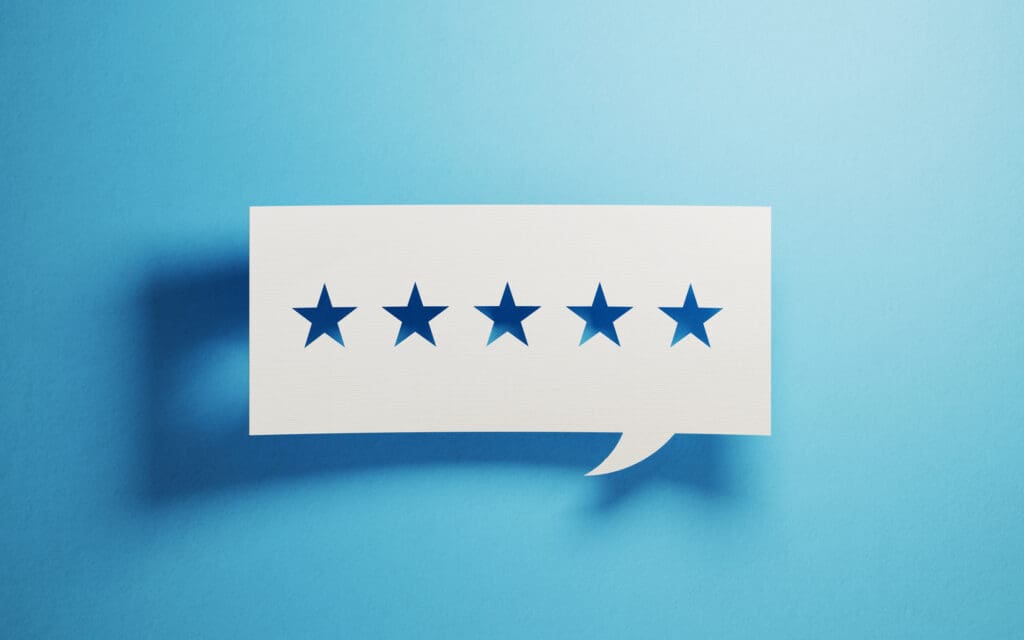Customer Gratitude is the New Customer Loyalty

Amidst the relentless digital noise, companies constantly search for innovative ways to cultivate customer loyalty. Yet, the traditional model of loyalty is transforming. In the past, the notion of loyalty was largely associated with repeat transactions fueled by continuous promotions and rewards. Today, the emphasis is shifting towards cultivating deeper, reciprocal relationships based on customer gratitude and appreciation. As customer gratitude emerges as a significant force, companies must focus on letting their customers know they’re appreciated to secure long-term loyalty and drive business growth.
Redefining Loyalty in the Digital Age
Businesses have long equated loyalty with repeat purchases, underestimating the emotional depth of their customer relationships. Loyalty programs often revolve around points, promotions, and emails — tactics aimed at incentivizing loyalty in a transactional manner. However, research indicates that such approaches are becoming less effective. Consumers are increasingly exploring more brands and switching providers, suggesting a decline in traditional loyalty.
A study by Kitewheel reveals a significant disconnect in perception: three-quarters of consumers view loyalty programs as a means for brands to demonstrate their loyalty to consumers, yet two-thirds of marketers see these programs as a way for consumers to show their loyalty to brands. This mismatch highlights the need to shift how companies conceive of and foster loyalty.
Gratitude as a Catalyst for Loyalty
The key to unlocking genuine customer loyalty lies in cultivating gratitude. Gratitude in business is about showing appreciation and creating an emotional bond that transcends mere transactions. It’s not just about thanking customers for their purchases but valuing their contribution to a shared purpose or goal.
Great examples are companies like Chewy and Squishable, which have skillfully harnessed the power of gratitude to forge stronger customer connections. Chewy, often praised online for its heartfelt, handwritten thank-you notes to pet owners, exemplifies how simple appreciation can deepen customers’ loyalty toward a brand. The pet company has also seen results such as sales up 14.7% and profits up 20%.
Squishable adopts an innovative approach to customer appreciation by letting their customers directly impact product development. Through consistent polls on its Facebook page, Squishable invites users to vote on which new animal designs should enter production next. This long-standing practice highlights how much-valuing customer feedback can boost brand loyalty. Indeed, the most effective expressions of appreciation are often the simplest, providing customers with a voice and demonstrating their importance to the company.
Implementing a Gratitude Strategy
To effectively implement a gratitude strategy, companies must identify a shared purpose that resonates with their customers. This purpose should not be about what the company can do for the customer but what it can do with the customer. It’s about mutual achievement and shared goals.
Engagement should be genuine and tailored. The KONG Company‘s “Surprise and Delight” program is a prime example, as it monitors social media to connect with pet owners who rave about their products. They express their appreciation through personalized gifts, social media shoutouts, and more, all underpinned by their mission that pets need to play. This strategy builds an emotional connection and demonstrates that the company values its customers more than just economically.
While implementing a customer appreciation strategy might seem time-intensive, it is often straightforward and simple and can be seamlessly automated, enhancing efficiency without sacrificing personal touch. Companies looking to foster genuine customer gratitude can adopt various approaches that can be scaled according to business needs.
Efficient and Scalable Customer Appreciation Strategies
- Automated Thank-You Emails: CRM systems can automate sending personalized thank-you emails after a purchase or interaction. These emails can include special discounts or invitations to provide feedback, showing customers their business is valued.
- Birthday and Anniversary Acknowledgments: Automated systems can track important dates like birthdays and anniversaries, sending tailored messages or special offers on these dates. This gesture adds a personal touch, making customers feel appreciated on special occasions.
- Loyalty Programs: Implementing digital loyalty programs where points or rewards are automatically added to customer accounts can encourage repeat business while demonstrating gratitude for their loyalty.
- Social Media Engagement: Using social media tools to schedule regular posts that feature customer stories or thank customers for their support can enhance public appreciation and build community.
- Customer Surveys with Follow-ups: Automated surveys can be sent to gather customer feedback, and follow-up messages can be automated to thank customers for their input, showing that their opinions are valued and considered.
The Impact of Showing Customer Appreciation
By incorporating these strategies, companies enhance the customer experience and build a reputation as a customer-centric brand. This approach fosters customer loyalty and sets the business apart from competitors.
Customer appreciation is about creating and nurturing a positive emotional connection with customers. This connection increases loyalty, more frequent referrals, and a stronger business. By using automated tools to show appreciation, companies can efficiently scale their customer gratitude efforts, ensuring that this crucial aspect of customer relations is consistently addressed across all touchpoints.
While establishing effective customer appreciation practices may take some time and effort, the benefits of such initiatives are profound. Companies that successfully integrate appreciation into their customer relationship management strategy can expect to retain their customer base and see it grow as they distinguish themselves in a marketplace where gratitude goes a long way.
Creating Emotional Bonds Through Appreciation
Building emotional bonds through appreciation involves more than just recognizing customer loyalty — it requires actively contributing to the relationship. This can manifest in various ways, from acknowledging a customer’s life events and offering support during significant changes to rewarding customers not for the volume of their transactions but for their advocacy and engagement with the brand.
For instance, a credit card company might waive late fees for a customer who missed a payment while on vacation, acknowledging their usual good standing and loyalty. Similarly, retailers could reward customers who may not spend much but actively advocate for the brand on social media, thus valuing their engagement over their wallets.
Final Thoughts
The shift from transactional to relational loyalty strategies highlights the basic human desire to be appreciated. Companies that embrace a gratitude-focused approach will foster enduring customer loyalty and stand out from competitors.
Customer gratitude is essential, not optional. Companies can cultivate a loyal customer base that fosters sustainable growth by genuinely appreciating customers and aligning with their values. This strategy meets modern market demands and enhances brand reputation among consumers.





